by Jonas Goldstein
The necessity for another front as a diversion to German operations in the Soviet Union was early recognized by both the Western Allies and the Russians. British and American activity in North Africa had been effective, but not to the extent of severely straining the Nazi forces. It was the Allied invasion of Sicily, with its threat to the Italian mainland, that forced Adolf Hitler to finally call off his Operation Citadel. This island operation, codenamed “Operation Husky,” extended from the middle of July to August 17, 1943. The British and Americans heavily bombed enemy defenses, then 3,000 ships and landing craft ferried in 160,000 men with their 600 tanks, 14,000 vehicles, and 1,800 guns. The invasion was under the direction of Sir Bernard L. Montgomery and General George S. Patton. Cooperation between the Allied forces soon forced the Axis from the island, on which they suffered 178,000 killed, wounded, and captured.
By the time Patton had occupied the port city of Messina, Field Marshal Albert Kesselring was able to evacuate 40,000 Germans and 60,000 Italian troops to the mainland. But by then the prime Allied objective was accomplished. Vital Nazi forces were diverted from the Soviet Front.
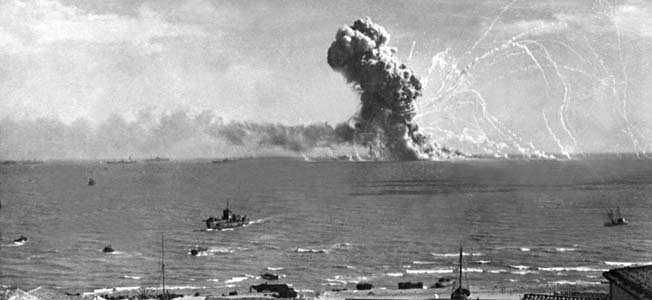
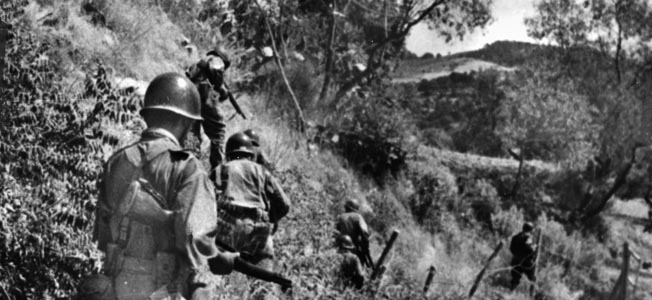
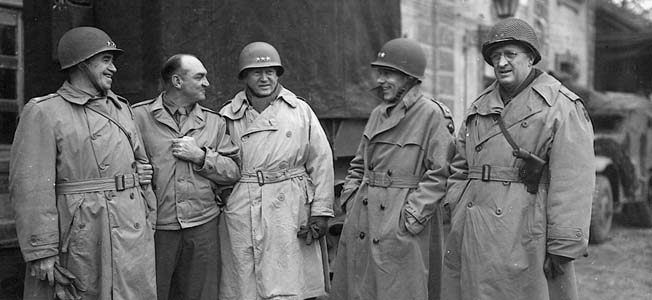
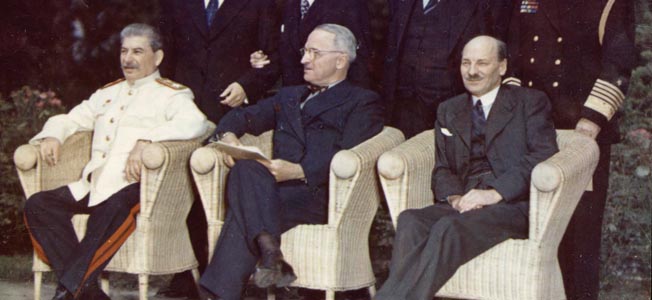
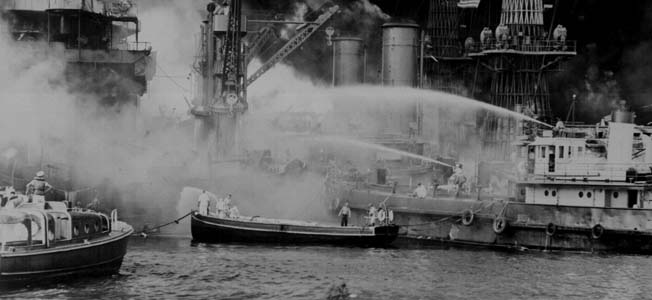
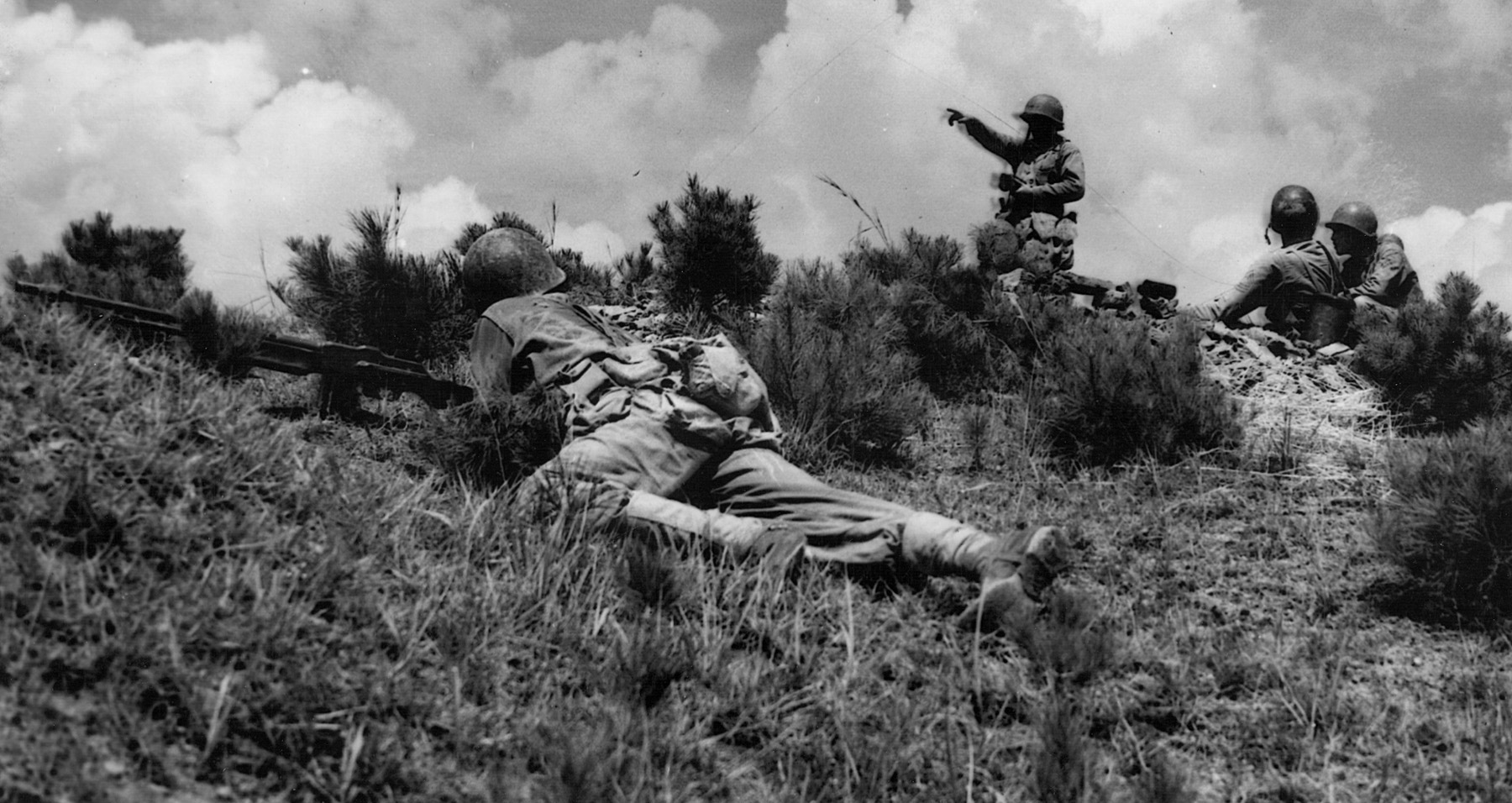

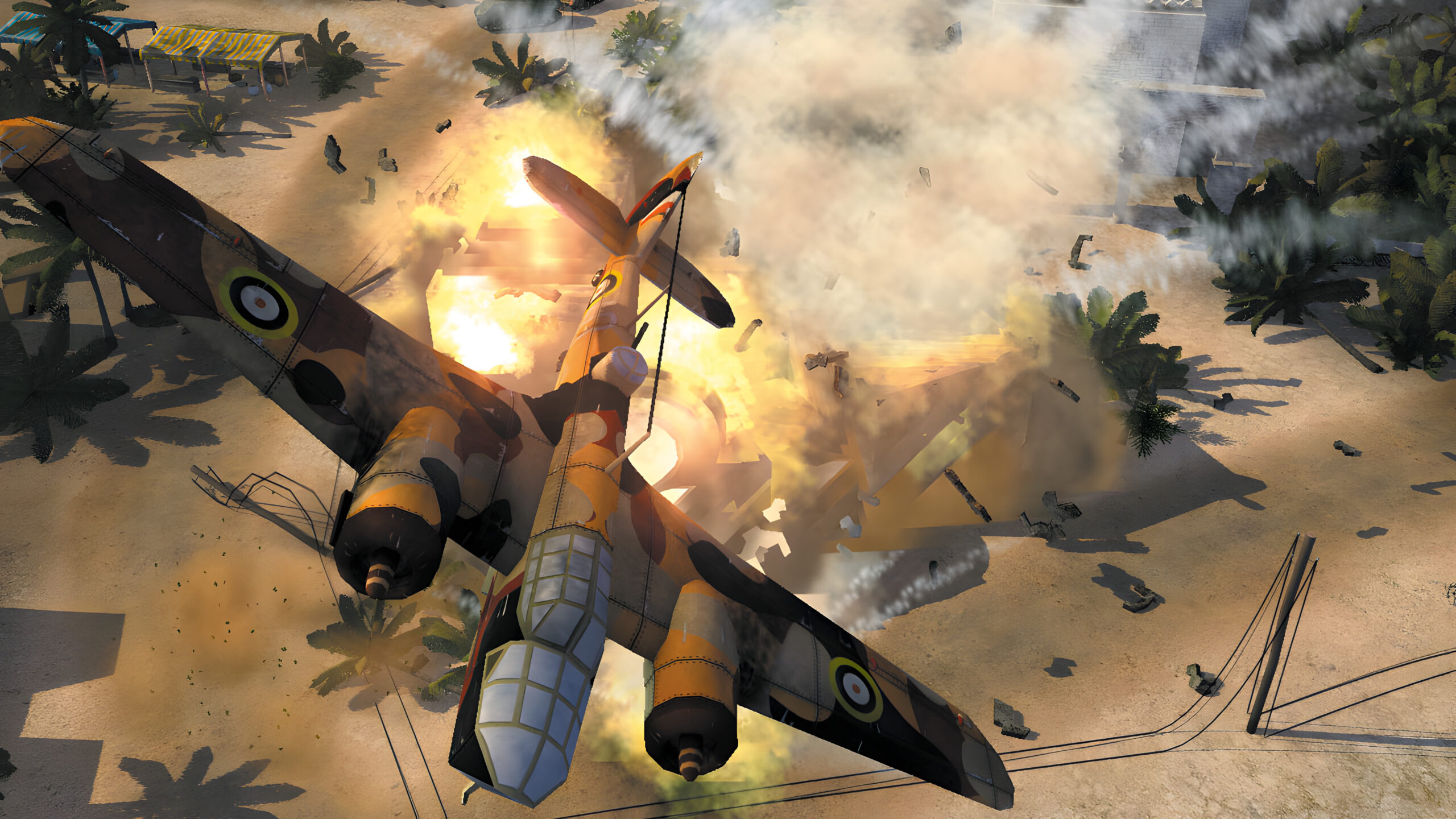

Join The Conversation
Comments
View All Comments